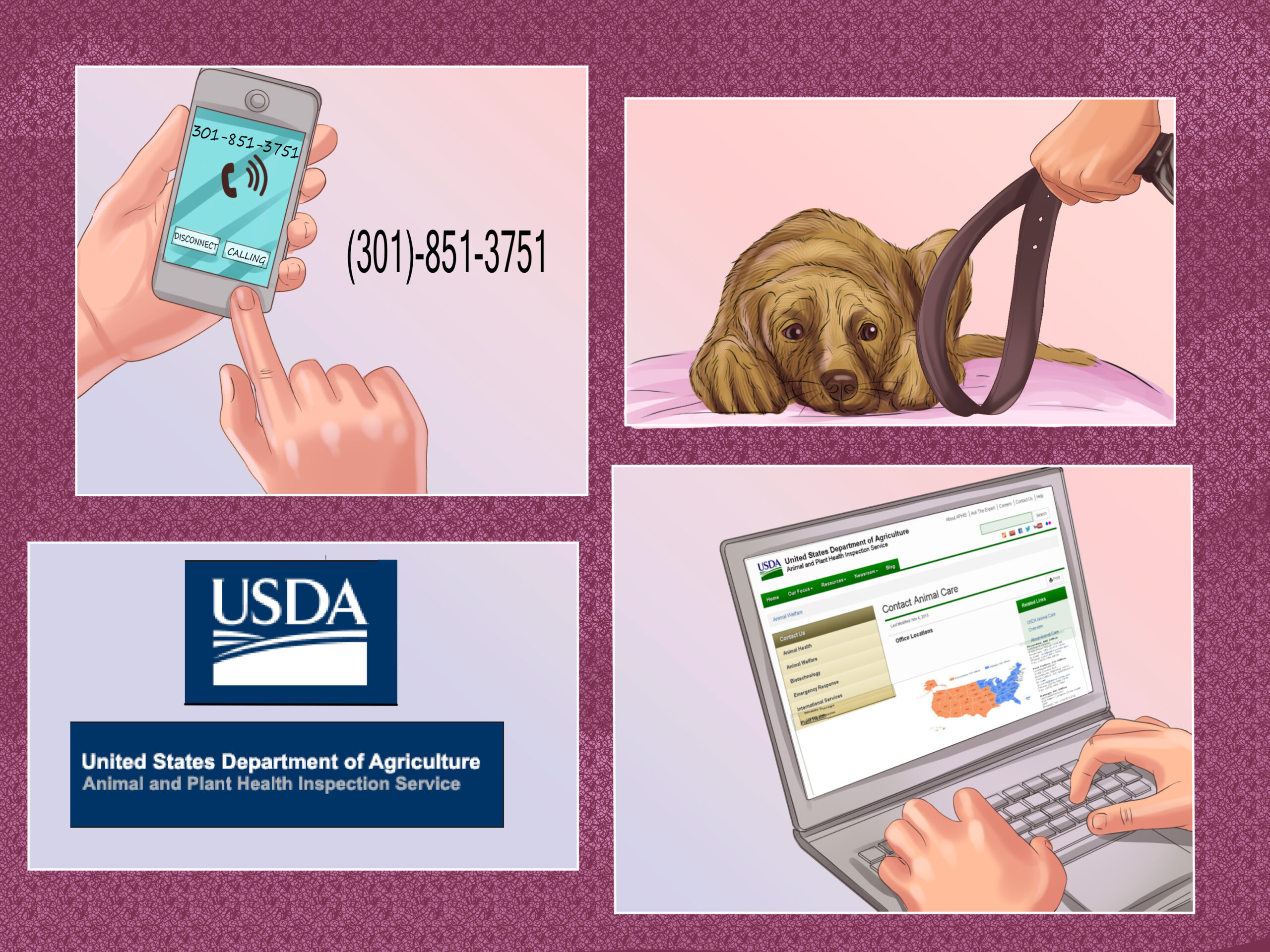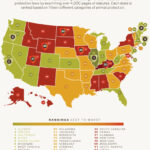Animal cruelty is a heinous act that embodies a dark shadow over society’s moral fabric. Just as a bystander witnessing a crime can become a crucial ally in the quest for justice, so too can individuals who observe animal abuse transform their outrage into action. Reporting an animal cruelty incident is not only a civic duty but a heartfelt commitment to ensuring that the voiceless receive protection and advocacy. This guide serves as a beacon, illuminating the step-by-step process to report such abhorrent acts effectively.
Understanding the Nature of Animal Cruelty
Before diving into the reporting process, it is imperative to comprehend the multifaceted forms of animal cruelty. This includes intentional harm—such as physical abuse, neglect, hoarding, and abandonment. It is not simply the act but the intent behind it that defines cruelty. The subtle transformation from neglect to outright abuse is a sliding scale often marked by indifference, where a once-loving guardian becomes a source of torment.
Step 1: Recognizing the Signs
Vigilance is the first tool in the arsenal against animal cruelty. Look for telltale signs: a listless gaze in a dog’s eyes or the gaunt frame of a malnourished cat often conveys unspeakable trauma. Is the animal excessively tethered, abandoned in a perilous environment, or showing signs of physical abuse? Each indicator, no matter how subtle, rings an alarm bell—a plaintive cry echoing through the silence of abuse.
Step 2: Documenting the Incident
Once you’ve recognized these signs, meticulous documentation becomes paramount. The aim is to construct a robust narrative that vividly tells the story of the animal’s suffering. Note the date and time of occurrences, capture photographs that encapsulate the animal’s condition, and gather witness statements—each piece of evidence will fortify your report. A well-compiled document serves not only as a testament to the truth but also as a profound display of compassion towards the afflicted creature.
Step 3: Research Local Laws and Regulations
The legal landscape regarding animal welfare is intricate and often varies between jurisdictions. Engaging in fundamental research about local laws, shelters, and animal protection organizations within your community serves as an invaluable precursor to filing your report. Familiarize yourself with whom to contact—be it local animal control, law enforcement, or a humane society—as different entities wield distinct powers when addressing cases of cruelty.
Step 4: Filing the Report
Armed with your documentation and knowledge, the next step is to proceed with filing the report. Transforming your outrage into formal action is crucial. When contacting the appropriate authorities, ensure that you articulate your observations clearly and coherently; provide factual recounts without emotional bias. Use your compiled evidence effectively, as it serves as the lifeblood of your claim. Inform the authorities about your experience and your concerns, and do not hesitate to express the urgency that the situation demands.
Step 5: Follow Up
Once your report has been submitted, your journey does not abruptly conclude. Follow-up is essential in maintaining pressure and ensuring that the situation is addressed adequately. Inquire about the investigation status and express your readiness to assist further. This continued engagement amplifies the urgency of the case and signals to authorities that the community values the life and welfare of all animals.
Step 6: Engage with Community Resources
In your crusade against animal cruelty, enlisting the support of community resources can bolster your efforts significantly. Numerous organizations dedicate their resources to the welfare of animals, offering guidance, educational resources, and sometimes even legal support. By engaging with these entities, you reinforce your mission with collective strength and wisdom.
Step 7: Spreading Awareness
Having taken the courageous step to report animal cruelty, it is incumbent upon you to share your knowledge and advocate for the animals who remain unsafe. Utilize social media platforms, community bulletins, and local gatherings to disseminate information pertaining to animal welfare. Raising awareness not only educates others but fosters a culture of vigilance and responsibility. The ripples of your actions can inspire others to become proactive guardians of animal rights.
Conclusion: A Collective Responsibility
Reporting animal cruelty is not a solitary battle; it requires a concerted effort, a community standing shoulder to shoulder to safeguard the innocent. Every reported cruelty incident has the potential to create change—not just for one animal, but for many yet to come. In the tapestry of existence, each life matters, and by taking these steps, you weave a stronger fabric of compassion and care, ensuring that justice prevails even in the darkest corners. Remember that, as stewards of kindness, our voices can resonate far beyond the immediate moment, illuminating hope for countless souls who cannot speak for themselves.







